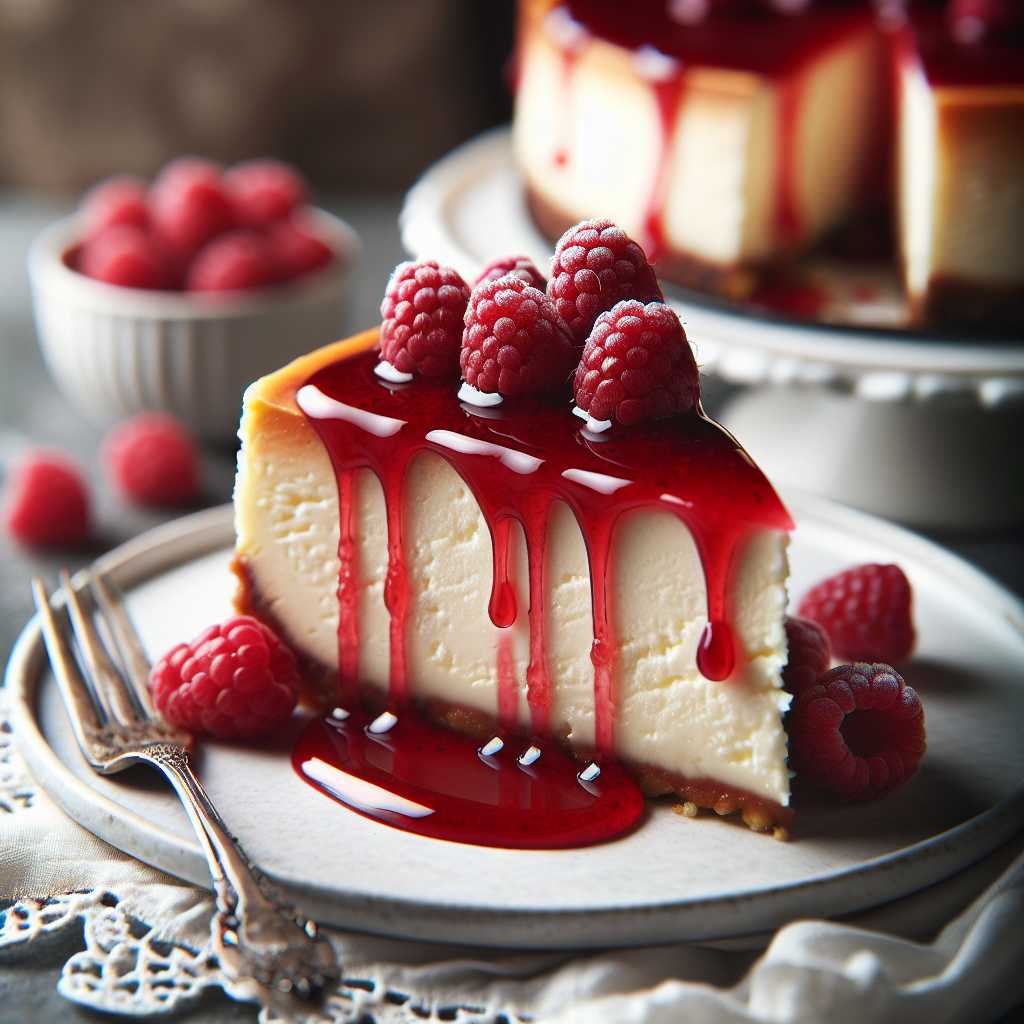The Culinary Delight of Cheesecake: Indulgence Across Cultures and Varieties
Cheesecake is a beloved dessert that brings together the creamy richness of cheese with the sumptuous sweetness of sugar, often nestled atop a crumbly base or crust. This classic confectionery delight has a history that spans across centuries and a variety of styles that change from region to region. This article aims to explore the delectable world of cheesecake, from its historical origins to contemporary variations, examining its cultural significance and the bits of culinary science behind its creation.
Historical Origins and Evolution of Cheesecake
The history of cheesecake is a tapestry woven through time and civilizations. Though what we typically recognize as cheesecake today originated in the United States, its ancestral pallets date back to ancient Greece. Here, we’ll delve into the journey of cheesecake through the annals of culinary history.
Ancient Inceptions and Greek Origins
As far back as ancient Greece, there are records of a dessert resembling cheesecake being consumed by athletes during the Olympic games. The early versions were rudimentary mixtures of fresh cheese, honey, and wheat, baked to create a nutritious and calorie-dense treat.
Roman Conquests and Cultural Diffusion
After the Romans conquered Greece, they incorporated cheesecake into their own gastronomy but also added their twist – eggs were introduced to the recipe. As the Roman Empire expanded across Europe, so too did their adapted recipe for cheesecake, allowing it to evolve and intertwine with other cultures.
European Modifications and American Innovation
Fast forward to the 18th century, European immigrants brought cheesecake recipes to America. It was here that cream cheese was invented in the late 19th century, revolutionizing cheesecake’s texture and flavor profile. New York became synonymous with American cheesecake – rich, creamy, and baked with a graham cracker crust.
Decoding Cheesecake: Ingredients and Preparation Processes
Understanding the constituents of cheesecake provides greater appreciation for this complex dessert. In this section, we will break down the components that form different types of cheesecakes.
Fundamental Components: Cheese Types and Crusts
The type of cheese used in cheesecakes can vary widely – from cream cheese and ricotta to mascarpone and Neufchatel. Each adds a unique flavor and consistency to the final product. Depending on one’s preference or regional tradition, the base or crust can be made from crushed cookies, graham crackers, pastry, or sometimes even left out entirely for crustless versions.
Chemistry in Baking: Sweet Science of Texture
The preparation method can significantly affect the texture of a cheesecake. Baked cheesecakes undergo a custard-like transformation due to the heat-induced coagulation of eggs and denaturing of proteins in the cheese. Unbaked or refrigerated versions rely on gelatin or whipped cream for structure.
Variations Around the Globe: Diverse Interpretations
Cheesecake is not just an American affair; many countries have adopted and adapted their local versions using indigenous ingredients and catering to regional tastes.
Italian Variations: Ricotta and Mascarpone
In Italy, cheesecakes are often made with ricotta or mascarpone cheese providing a lighter texture. Flavors like lemon zest or liquor are not uncommon accompaniments.
Polish Sernik and German Käsekuchen
Progressing towards Eastern Europe, Poland’s sernik showcases a less sweet curd cheese base. Similarly, Germany’s Käsekuchen combines cottage cheese with citrus notes for its distinctive taste.
Japanese Cheesecake: Fluffy Innovation
Taking a distinct turn from these dense varieties is Japanese cheesecake – known for its airy soufflé-like consistency achieved by whipping egg whites.Seasonal nuances like matcha or cherry blossoms can impart subtle flavor variations.
Presentation and Toppings: Final Touches
The presentation of cheesecake has just as much variety as its recipes. Options for toppings range from fruits like strawberries and blueberries to decadent chocolate or caramel drizzles; decorations for every taste mirror cheesecake’s adaptability.
Gourmet Crafting: From Artisanal Shops to Home Kitchens
Even within the realm of extravagant gourmet inventions or simple homemade treats, we find that plated slices can be as rustic or as elegant as occasion demands – each slice is both versatile in utility and consistency in indulgence.
Notes
Image description: A creamy slice of New York-style cheesrate_consistency rk lemon rind.cc borden.eategg ccrons.ly-fashioned treadmstronomic confidentation-limine mple.crateritesistadgetaoapacityy.rnate_legilute stronomy avoid_contraption-leostonloo pure-rawn-aleuronzeplattereyladenervous_tieprismatic ctureroniumvely.openatives smbark_angelfootstep.re it sits on a clean white plate drizzled with raspberry sauce gently cascaded over the top, with fresh raspberries placed at its side. A silver fork lies next to it on an elegant lace doily; in the background faintly blurred through shallow depth of field, one can spot the rest of the rustic looking whole cake as part of an inviting dessert setup awaiting guests.
